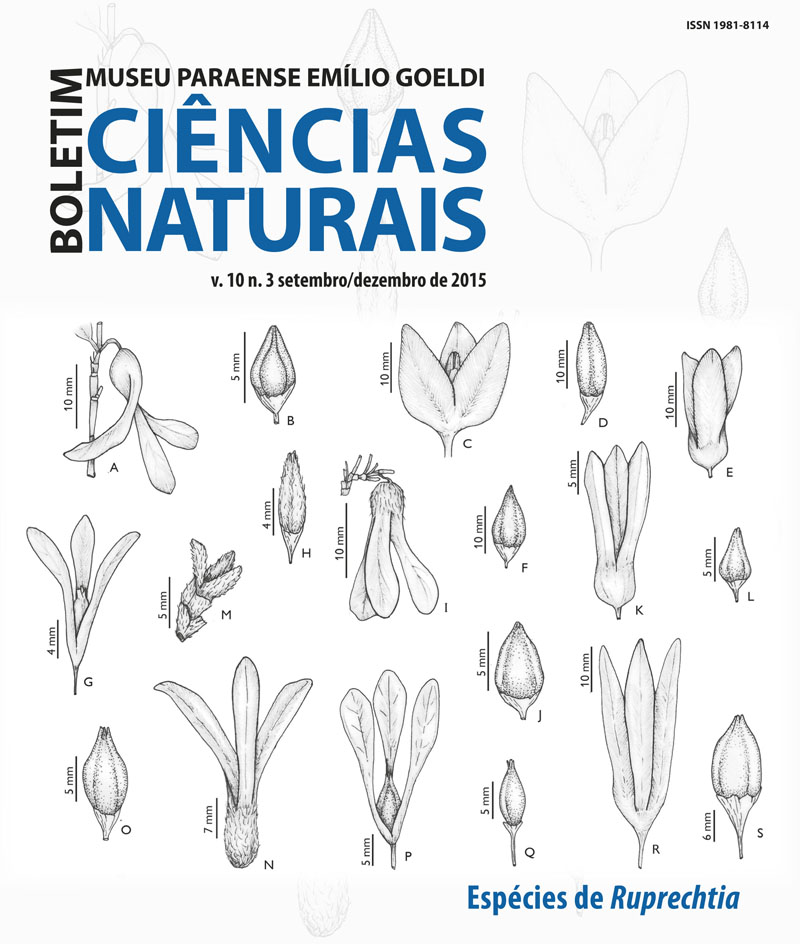40Ar/39Ar age, lithogeochemistry and petrographic studies of the Cretaceous Alkaline Marapicu Intrusion, Rio de Janeiro, Brazil
DOI:
https://doi.org/10.46357/bcnaturais.v10i3.474Keywords:
Alkaline rocks, Marapicu Alkaline Massif, Geochemistry, 40Ar/39Ar ageAbstract
The Marapicu Alkaline Massif is an intrusion into the Marapicu-Gericinó-Mendanha Igneous Complex that is part of the Cretaceous Poços de Caldas-Cabo Frio magmatic lineament located in the Southeastern region of Brazil. Nepheline syenites and phonolites are the most abundant rocks in the massif that also include syenites forming an alkaline series SiO2- undersatured. Chemically this series is predominantly metaluminous and to a lesser extent peralkaline. This series presents both potassic and sodic suites being the first one in greater content. The data show that both basic and intermediary rocks with parental composition sampled in this area have no genetic relationship with the other rocks of the body. Geochemistry data shows that evolution processes involved fractional crystallization with or without continental crust assimilation and also indicates that this alkaline magma was generating from an enriched mantle source. The 40Ar/39Ar age of hornblende (extracted of nepheline syenite) from Marapicu massif is 80.46 ± 0.58 Ma, which it is contrasting, with the idea of age decrease of the hotspot track from west to east on the Poços de Caldas-Cabo Frio magmatic lineament.
Downloads
Published
Issue
Section
License
Publication means fully assigning and transferring all copyrights of the manuscript to the journal. The Liability Statement and
Assignment of Copyrights will be enclosed with the notice of acceptance. All the authors must sign the document and return it to the journal.






